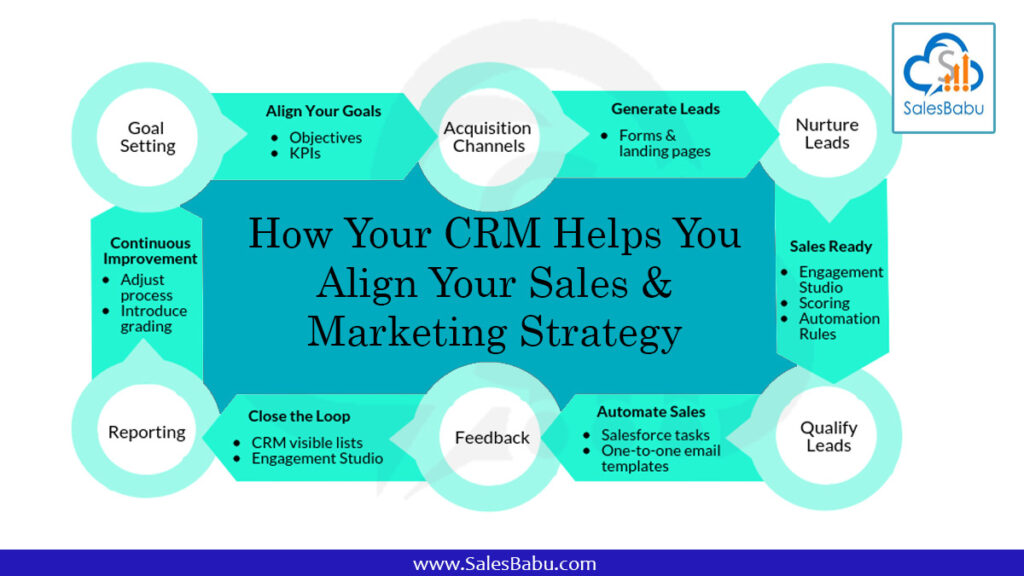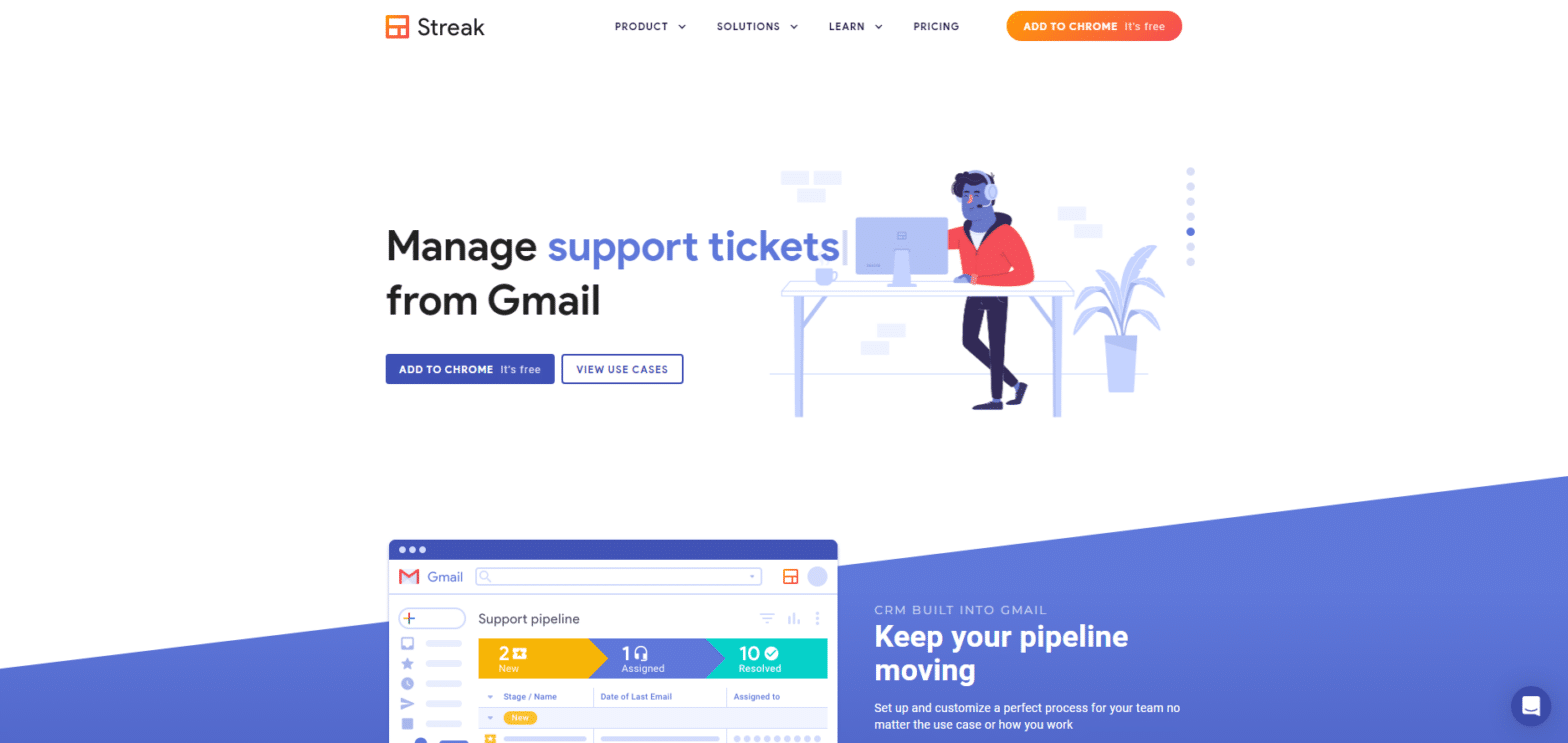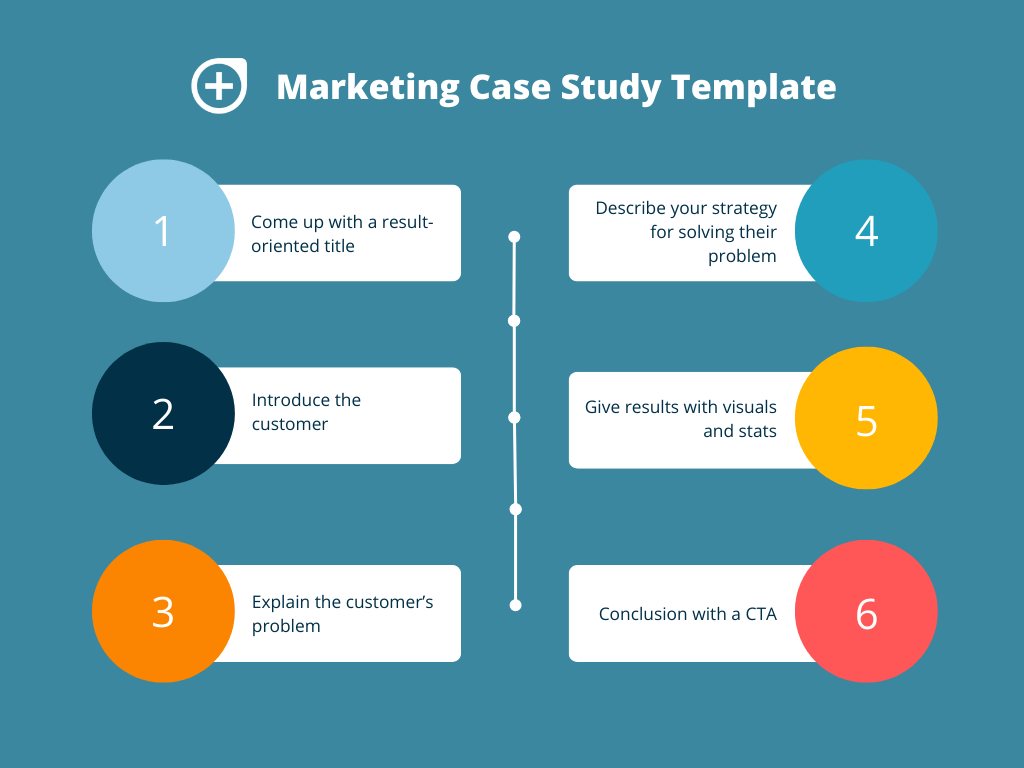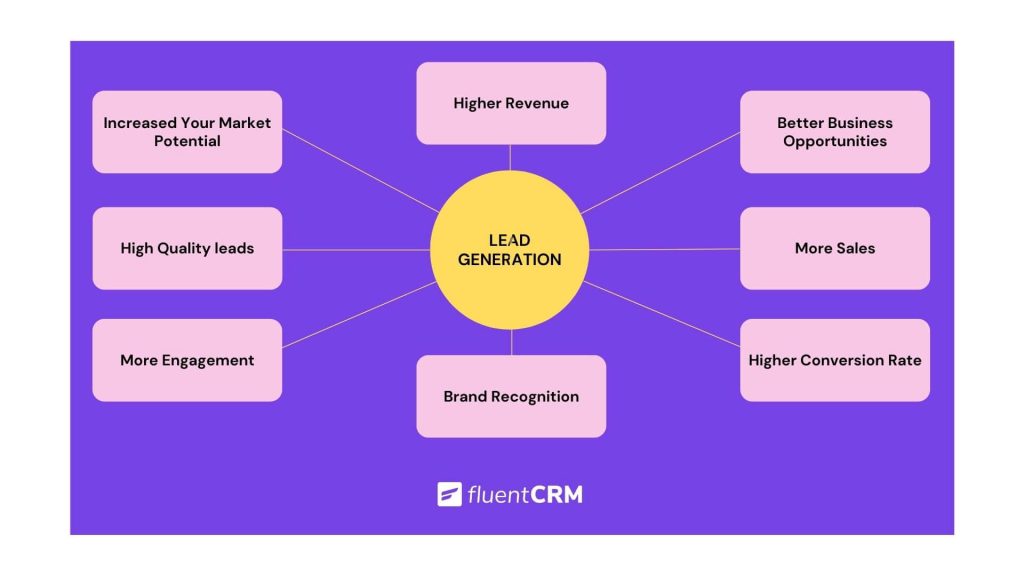CRM, Content Marketing, and the Holy Grail of Customer Relationships: A Comprehensive Guide

CRM, Content Marketing, and the Holy Grail of Customer Relationships: A Comprehensive Guide
In the dynamic world of business, building and nurturing strong customer relationships is the cornerstone of success. It’s no longer enough to simply offer a product or service; you need to understand your customers, anticipate their needs, and provide value at every touchpoint. This is where the powerful synergy between Customer Relationship Management (CRM) and Content Marketing comes into play. They’re not just buzzwords; they’re essential tools for any business aiming to thrive in today’s competitive landscape.
This comprehensive guide delves deep into the intertwined worlds of CRM and content marketing. We’ll explore how they work together, why they’re crucial, and how you can leverage them to build lasting customer relationships, drive engagement, and ultimately, boost your bottom line. Get ready to unlock the secrets to a customer-centric marketing strategy that truly resonates.
Understanding the Core Concepts: CRM and Content Marketing
What is CRM?
CRM, or Customer Relationship Management, is more than just software; it’s a strategy, a philosophy, and a set of technologies designed to manage and analyze customer interactions and data throughout the customer lifecycle. At its heart, CRM is about understanding your customers better, anticipating their needs, and personalizing their experiences.
Think of it as the central nervous system of your customer interactions. It collects and organizes data from various sources, including:
- Sales: Tracking leads, opportunities, and deals.
- Marketing: Managing campaigns, tracking engagement, and analyzing customer behavior.
- Customer Service: Handling inquiries, resolving issues, and providing support.
- Website Interactions: Capturing data from website visits, forms, and downloads.
- Social Media: Monitoring mentions, engaging with followers, and understanding sentiment.
This data allows you to gain a 360-degree view of your customers, enabling you to make informed decisions, personalize interactions, and build stronger relationships. The benefits of CRM are numerous, including:
- Improved Customer Satisfaction: Personalized experiences lead to happier customers.
- Increased Sales: Better lead management and targeted campaigns drive conversions.
- Enhanced Efficiency: Automated processes streamline workflows and save time.
- Better Decision-Making: Data-driven insights inform strategic decisions.
- Increased Customer Loyalty: Strong relationships lead to repeat business and advocacy.
What is Content Marketing?
Content marketing is a strategic marketing approach focused on creating and distributing valuable, relevant, and consistent content to attract and retain a clearly defined audience — and, ultimately, to drive profitable customer action. It’s about providing your audience with the information they need, when they need it, and in a format they enjoy consuming.
Content marketing takes many forms, including:
- Blog Posts: Informative articles that address audience pain points and provide solutions.
- Videos: Engaging visual content that educates, entertains, and inspires.
- Infographics: Visually appealing data representations that simplify complex information.
- Ebooks and Whitepapers: In-depth resources that establish thought leadership and provide valuable insights.
- Social Media Posts: Engaging content that sparks conversations and builds community.
- Podcasts: Audio content that provides valuable information and insights on the go.
- Email Newsletters: Personalized communications that nurture leads and keep customers informed.
The key to successful content marketing is to:
- Know Your Audience: Understand their needs, interests, and pain points.
- Create Valuable Content: Provide information that is relevant, helpful, and engaging.
- Be Consistent: Publish content regularly to build trust and maintain audience engagement.
- Promote Your Content: Distribute your content through various channels to reach your target audience.
- Measure Your Results: Track key metrics to understand what’s working and what’s not.
The benefits of content marketing are equally compelling:
- Increased Brand Awareness: Content helps you get noticed and build brand recognition.
- Improved SEO: High-quality content attracts backlinks and improves search engine rankings.
- Increased Website Traffic: Content drives visitors to your website.
- Lead Generation: Content can be used to capture leads and nurture them through the sales funnel.
- Increased Conversions: Content can be used to persuade potential customers to take action.
- Establishment of Thought Leadership: Content positions you as an expert in your industry.
- Cost-Effectiveness: Content marketing can be more cost-effective than traditional advertising.
The Powerful Synergy: CRM and Content Marketing Working Together
While CRM and content marketing are distinct strategies, they are also incredibly complementary. When used in tandem, they create a powerful engine for customer engagement, lead generation, and sales growth. Think of it like this: CRM provides the data, and content marketing provides the voice. CRM tells you *who* your customers are and *what* they need, while content marketing tells you *how* to reach them and provide value.
Here’s how they work together:
1. CRM as the Data Hub for Content Personalization
CRM systems store a wealth of customer data, including demographics, purchase history, browsing behavior, and communication preferences. This data is invaluable for personalizing your content marketing efforts. Instead of sending generic content to everyone, you can tailor your messages to specific customer segments based on their individual needs and interests.
For example, if your CRM data shows that a customer recently purchased a specific product, you can send them targeted content related to that product, such as:
- How-to guides: Providing instructions on how to use the product effectively.
- Product updates: Informing them about new features or enhancements.
- Related product recommendations: Suggesting complementary products they might be interested in.
This level of personalization not only increases engagement but also demonstrates that you understand and care about your customers’ individual needs.
2. Content Marketing as a Lead Generation Engine for CRM
Content marketing plays a crucial role in generating leads that can be nurtured within your CRM system. By creating valuable content that addresses your target audience’s pain points and provides solutions, you can attract potential customers to your website and capture their contact information through lead magnets, such as:
- Ebooks: Offering in-depth information in exchange for an email address.
- Webinars: Hosting online presentations that require registration.
- Checklists: Providing helpful resources in exchange for contact information.
- Templates: Offering downloadable templates that help users solve specific problems.
Once you capture a lead, you can use your CRM system to track their interactions with your content, score them based on their engagement, and nurture them through the sales funnel with targeted email campaigns and other personalized communications.
3. CRM Fuels Content Distribution and Promotion
Your CRM system can also be used to streamline the distribution and promotion of your content. By segmenting your audience based on their interests and behavior, you can ensure that your content reaches the right people at the right time. This can involve:
- Email Marketing: Sending targeted email newsletters and promotional emails to specific customer segments.
- Social Media Targeting: Using CRM data to create custom audiences for social media advertising campaigns.
- Personalized Website Content: Displaying different content on your website based on a visitor’s CRM data.
This targeted approach ensures that your content is seen by the people who are most likely to be interested in it, maximizing its impact and driving conversions.
4. Content Marketing Provides Insights for CRM Improvement
The data generated by your content marketing efforts can also provide valuable insights that can be used to improve your CRM strategy. By tracking metrics such as website traffic, lead generation, and conversion rates, you can identify which content pieces are most effective at attracting and engaging your target audience. This information can be used to:
- Refine Your Buyer Personas: Understanding which content resonates with different customer segments.
- Improve Your Content Strategy: Creating more of the content that your audience loves.
- Optimize Your Lead Nurturing Campaigns: Refining your email sequences to better engage leads.
- Personalize Your Sales Process: Tailoring your sales approach based on customer behavior.
This feedback loop between content marketing and CRM ensures that your marketing efforts are constantly evolving and improving, leading to better results over time.
Implementing a CRM and Content Marketing Strategy: A Step-by-Step Guide
Putting this powerful combination into practice requires a well-defined strategy and a clear understanding of the steps involved. Here’s a step-by-step guide to help you get started:
1. Define Your Goals and Objectives
Before you start implementing any CRM or content marketing initiatives, you need to clearly define your goals and objectives. What do you want to achieve? Do you want to increase sales, improve customer loyalty, generate more leads, or build brand awareness? Having clear goals will help you measure your success and ensure that your efforts are aligned with your overall business objectives.
2. Choose the Right CRM System
Selecting the right CRM system is crucial. Consider your business needs, the size of your company, and your budget. Some popular CRM platforms include:
- Salesforce: A comprehensive CRM platform with a wide range of features.
- HubSpot CRM: A free CRM with powerful marketing automation capabilities.
- Zoho CRM: A versatile CRM with a user-friendly interface.
- Microsoft Dynamics 365: An integrated CRM and ERP solution.
- Pipedrive: A sales-focused CRM designed for small businesses.
Make sure the CRM system you choose integrates with your content marketing tools, such as your website, email marketing platform, and social media channels.
3. Develop Your Buyer Personas
Understanding your target audience is essential for both CRM and content marketing. Create detailed buyer personas that represent your ideal customers. These personas should include information such as:
- Demographics: Age, gender, location, income, etc.
- Psychographics: Interests, values, motivations, and pain points.
- Behaviors: Online activity, purchase history, and social media usage.
- Goals: What they are trying to achieve.
- Challenges: What obstacles they face.
Use your CRM data to gather insights and refine your buyer personas over time.
4. Plan Your Content Strategy
Develop a content strategy that aligns with your buyer personas and your business goals. This should include:
- Content Topics: What topics will resonate with your target audience?
- Content Formats: What types of content will you create (blog posts, videos, ebooks, etc.)?
- Content Calendar: A schedule for publishing your content.
- Content Promotion Plan: How will you distribute and promote your content?
- SEO Optimization: Researching relevant keywords and optimizing your content for search engines.
5. Create High-Quality Content
Focus on creating valuable, relevant, and engaging content that provides solutions to your target audience’s pain points. Make sure your content is well-written, informative, and visually appealing. Use a variety of content formats to keep your audience engaged.
6. Integrate Your CRM and Content Marketing Tools
Integrate your CRM system with your content marketing tools to seamlessly share data and automate workflows. This may involve connecting your CRM to your email marketing platform, website analytics, and social media channels. This integration will allow you to:
- Track Lead Behavior: Monitor how leads interact with your content.
- Personalize Email Campaigns: Segment your audience and send targeted email messages.
- Automate Lead Nurturing: Automatically nurture leads through the sales funnel.
- Score Leads: Assign scores to leads based on their engagement with your content.
7. Implement Lead Scoring and Nurturing
Use lead scoring to prioritize leads based on their engagement with your content and their fit with your ideal customer profile. Then, develop lead nurturing campaigns to guide leads through the sales funnel. These campaigns should include a series of targeted emails and other communications that provide valuable information and build trust.
8. Measure and Analyze Your Results
Track key metrics to measure the success of your CRM and content marketing efforts. These metrics may include:
- Website Traffic: The number of visitors to your website.
- Lead Generation: The number of leads captured.
- Conversion Rates: The percentage of leads that convert into customers.
- Customer Acquisition Cost (CAC): The cost of acquiring a new customer.
- Customer Lifetime Value (CLTV): The predicted revenue a customer will generate over their lifetime.
- Engagement Metrics: (e.g., time on page, bounce rate, social shares)
Use these metrics to identify what’s working and what’s not. Make adjustments to your strategy as needed to improve your results.
9. Continuously Optimize and Refine
CRM and content marketing are not one-time projects; they are ongoing processes. Continuously analyze your data, refine your strategies, and adapt to changing customer needs and market trends. Stay up-to-date on the latest best practices and technologies to ensure you’re getting the most out of your CRM and content marketing efforts.
Examples of CRM and Content Marketing in Action
Let’s look at some real-world examples of how businesses are successfully combining CRM and content marketing:
Example 1: E-commerce Retailer
An e-commerce retailer uses its CRM system to track customer purchase history and browsing behavior. Based on this data, they create personalized email campaigns featuring:
- Product Recommendations: Suggesting products that align with the customer’s past purchases.
- Abandoned Cart Emails: Reminding customers about items left in their shopping carts.
- Exclusive Offers: Providing special discounts and promotions based on customer segment.
- Content Marketing Integration: Sending links to blog posts about product care or styling tips.
They also use content marketing to drive traffic to their website and generate leads. This includes:
- Blog Posts: Writing articles about fashion trends, product reviews, and styling guides.
- Videos: Creating videos showcasing product demos and customer testimonials.
- Social Media: Engaging with customers on social media and sharing content.
The result is increased sales, improved customer loyalty, and a higher customer lifetime value.
Example 2: SaaS Company
A SaaS (Software as a Service) company uses its CRM to track lead behavior and engagement with its content. They create a lead scoring system based on:
- Website Visits: Tracking which pages a lead visits.
- Content Downloads: Monitoring which ebooks, whitepapers, and other resources a lead downloads.
- Demo Requests: Tracking requests for product demos.
- Email Engagement: Tracking opens, clicks, and replies to email communications.
Based on lead scores, they nurture leads through a series of targeted email campaigns. This includes:
- Welcome Emails: Introducing the company and its products.
- Educational Content: Providing valuable information about the industry and the company’s solutions.
- Product Demos: Offering product demos to qualified leads.
- Case Studies: Showcasing how the company helps its customers.
The result is increased lead generation, higher conversion rates, and shorter sales cycles.
Example 3: Financial Services Company
A financial services company uses its CRM to segment its audience based on their financial goals and needs. They create content tailored to each segment, such as:
- Retirement Planning: Creating content for individuals saving for retirement.
- Investment Strategies: Providing information on different investment options.
- Estate Planning: Offering resources on estate planning and wealth management.
- Debt Management: Providing guidance on managing debt and improving financial health.
They use their CRM to distribute this content through email newsletters, webinars, and social media. They also use their CRM to track customer interactions and provide personalized financial advice. The result is increased customer engagement, improved customer satisfaction, and a stronger brand reputation.
Overcoming Challenges and Maximizing Success
While the combination of CRM and content marketing offers significant benefits, it’s important to be aware of the potential challenges and how to overcome them. Here are some common hurdles and strategies for success:
1. Data Silos
One of the biggest challenges is data silos. If your CRM system and content marketing tools are not properly integrated, you may struggle to share data and personalize your campaigns effectively. To overcome this, ensure that your CRM and content marketing tools integrate seamlessly. If they don’t natively integrate, consider using a third-party integration platform or a custom integration.
2. Lack of Alignment Between Sales and Marketing
Sales and marketing teams often operate in silos, which can hinder the effectiveness of your CRM and content marketing efforts. To overcome this, foster a culture of collaboration and communication. Hold regular meetings to discuss goals, share data, and align strategies. Implement a lead scoring system that both teams agree on, and establish clear definitions for qualified leads.
3. Content Creation Bottlenecks
Creating high-quality content consistently can be time-consuming and resource-intensive. To overcome this, develop a content calendar and streamline your content creation process. Consider repurposing existing content into different formats, such as turning a blog post into a video or an ebook into a series of social media updates. Outsource content creation if necessary.
4. Measuring ROI
Measuring the ROI of your CRM and content marketing efforts can be challenging. To overcome this, establish clear metrics and track them consistently. Use your CRM and content marketing tools to track website traffic, lead generation, conversion rates, customer acquisition cost, and customer lifetime value. Regularly analyze your data and make adjustments to your strategy as needed.
5. Keeping Up with Technology
The marketing technology landscape is constantly evolving. To stay ahead of the curve, invest in ongoing training and education for your team. Stay up-to-date on the latest trends and best practices in CRM and content marketing. Consider attending industry conferences and webinars.
The Future of CRM and Content Marketing
The future of CRM and content marketing is bright, and it’s likely to be even more intertwined. Here are some trends to watch:
- Artificial Intelligence (AI): AI will play an increasingly important role in both CRM and content marketing. AI-powered tools can automate tasks, personalize content, and provide deeper insights into customer behavior.
- Personalization at Scale: Businesses will need to find ways to personalize content and experiences at scale to meet customer expectations.
- Data Privacy: Data privacy will become an even bigger concern. Businesses will need to prioritize data security and transparency.
- Video Marketing: Video will continue to be a dominant content format. Businesses will need to invest in creating high-quality video content.
- Voice Search: Voice search will become more prevalent, and businesses will need to optimize their content for voice search.
- Customer Experience (CX): Customer experience will become the ultimate differentiator. Businesses will need to focus on providing exceptional customer experiences at every touchpoint.
By embracing these trends and continuously adapting their strategies, businesses can leverage the power of CRM and content marketing to build lasting customer relationships, drive growth, and achieve long-term success.
Conclusion: Building a Customer-Centric Future
In conclusion, CRM and content marketing are two essential pillars of modern marketing. When combined effectively, they create a powerful engine for customer engagement, lead generation, and sales growth. By understanding the core concepts, implementing a well-defined strategy, and continuously optimizing your efforts, you can build a customer-centric business that thrives in today’s competitive landscape.
Remember, it’s all about understanding your customers, providing them with value, and building relationships that last. Embrace the power of data, personalize your interactions, and create compelling content that resonates with your target audience. The future of marketing is customer-centric, and CRM and content marketing are the keys to unlocking that future.
Start today. Analyze your current strategies. Identify areas for improvement. And begin the journey towards building stronger customer relationships and achieving sustainable business growth. The results will speak for themselves.




